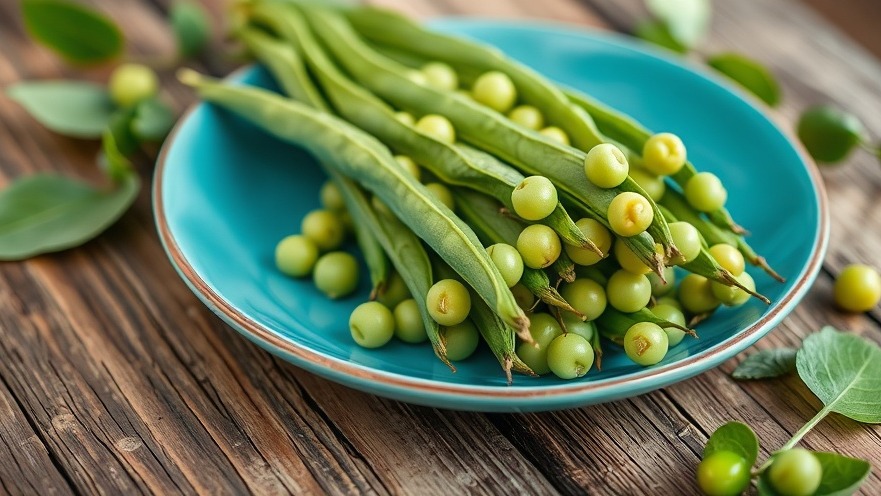
Why Divide Clump-Forming Perennials?
Dividing clump-forming perennials is an essential gardening practice that not only promotes plant health but also offers a multitude of benefits. As plants mature, they become overcrowded, which can lead to diminished vigor and stunted growth. By dividing these plants, you rejuvenate the original specimen and can create new plants for free. This eco-friendly gardening practice aligns perfectly with sustainable home design and zero-waste principles.
When to Divide Clump-Forming Perennials?
The best time to divide clump-forming perennials is during their dormant phase, typically in early spring or late fall. During these times, plants can handle the stress of division better, allowing them to thrive once replanted. Notably, species such as hostas, asters, and astilbe benefit from this timing. As the flowers begin to fade, it's also a sign that your primroses and other perennials are ready for division, providing a fresh start for the next growing season.
How to Successfully Divide Your Perennials
To begin the division process, gather the necessary tools: a garden fork, a trug or bucket, and a sharp knife. Start by digging up the entire clump, ensuring to expose the rootball completely. Gently shake off excess soil to minimize root damage and allow for clearer visibility of the root structure. For plants with dense rootballs, such as hostas, using a sharp knife can help cut through the tough roots. Aim to get as many divisions as possible while minimizing stress on the plant.
Seasonal Favorites: Best Plants to Divide
Some standout candidates for division include heleniums, which naturally develop separate rosettes, and Ranunculus aconitifolius, known for producing numerous offsets. This kind of division is straightforward and often results in healthy new plants. Other reliable options are our favorite spring bloomers: asters, astrantias, Geranium himalayense, and Sanguisorba menziesii. Knowing which plants to divide and when can significantly enhance the beauty of your garden while adhering to the principles of sustainable gardening.
The Environmental Impact of Dividing Plants
Adopting an eco-friendly gardening approach not only beautifies your home but also contributes positively to the environment. Dividing perennials reduces waste by maximizing the utility of existing plants. This practice supports biodiversity in your garden, enhances soil health, and can reduce the need for new plant purchases, ultimately contributing to a more sustainable home. Additionally, this method assists in water conservation efforts, as newly divided plants require less water while establishing.
Turning Waste into Resources
Alongside dividing plants, composting the excess foliage and soil can further bolster your gardening sustainability. By returning nutrients to the soil through compost, you support an organic cycle that refuses waste. Consider building a compost bin to process kitchen scraps alongside your garden trimmings, creating a lush environment for future plant health.
Common Misconceptions
There are some common myths surrounding the practice of dividing perennials. One misconception is that perennials cannot be divided after flowering. In fact, many can be successfully divided during the flowering season if done carefully. Understanding the specific needs of each plant can lead to better success rates in your gardening endeavors.
Your Next Steps in Eco-Friendly Gardening
Now that you have practical knowledge on dividing clump-forming perennials, why not take action? Evaluate your garden for any overcrowded plants and schedule a division session. Transforming your garden into a sustainable space enhances its beauty and contributes to a healthier environment.
If you're passionate about sustainable living and eco-conscious practices, consider exploring other areas of your home. Upgrading to toxin-free products and incorporating natural landscaping can create a more harmonious living space.
 Add Row
Add Row  Add
Add 




Write A Comment